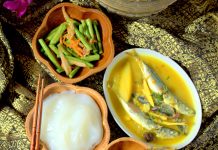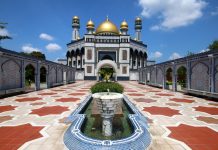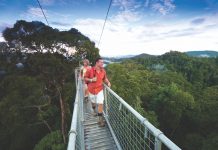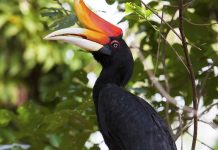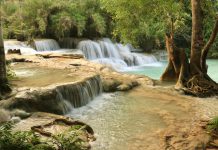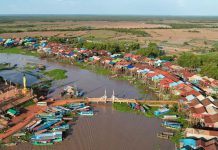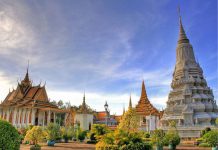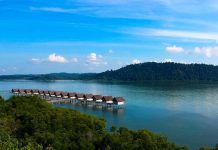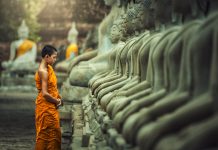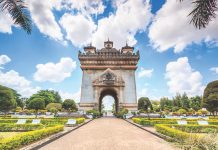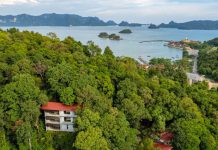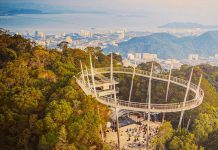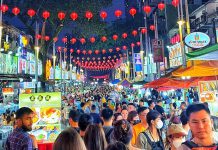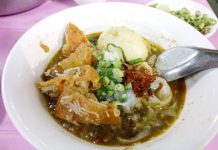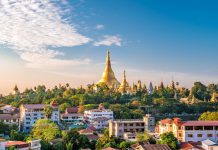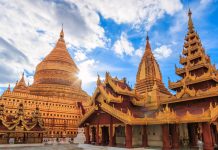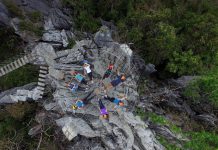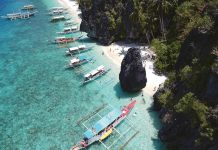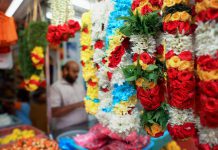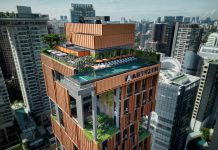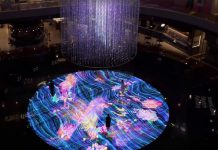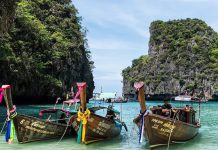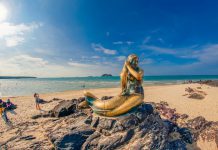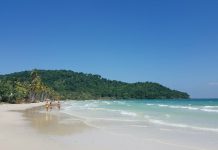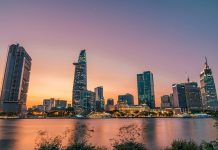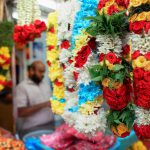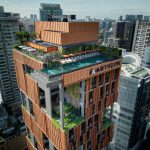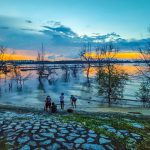Myanmar is home to thousands of pagodas and temples. Here are the ones you should not miss.
Bagan
• Ananda Temple
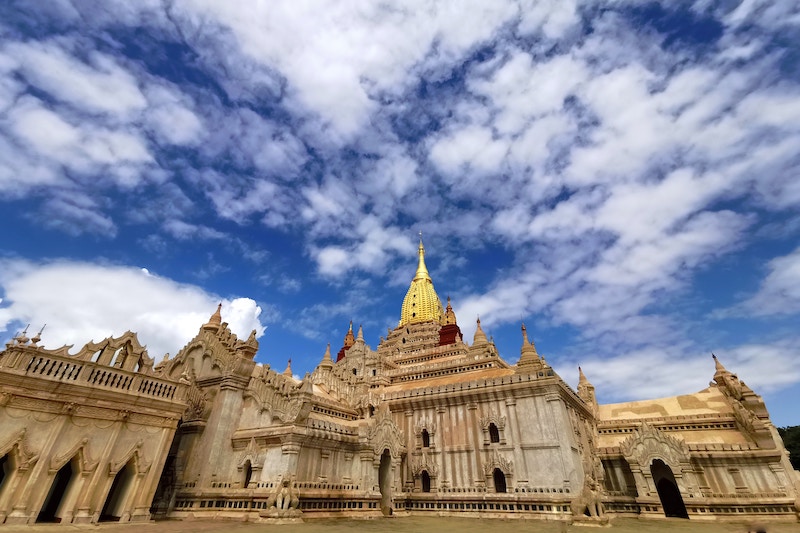
No trip to Bagan is complete without visiting this temple, considered to be one of the city’s largest, best preserved and most revered temples. Built during the reign of King Kyanzittha of the Pagan Dynasty in 1105 AD, the temple’s architecture features Mon and North Indian influences, designed on a perfectly proportioned Greek cross plan. Its most distinctive feature is its gilded sikhara, the tower-like spire on top of the pagoda.
Legend has it that eight Indian monks visited King Kyanzittha and raved to him about the legendary Nandamula Cave in the Himalayas where they meditated. Impressed, the king decided to replicate the temple in Bagan. After Ananda Temple was built, the king had the monks killed as he didn’t want a similar temple to be built elsewhere.
The temple houses four standing Buddhas, each 9.5m high, facing outward from the centre of the temple: Kakusandha (north), Kassapa (south), Konagamana (east) and Gautama (west).
• Bupaya Pagoda
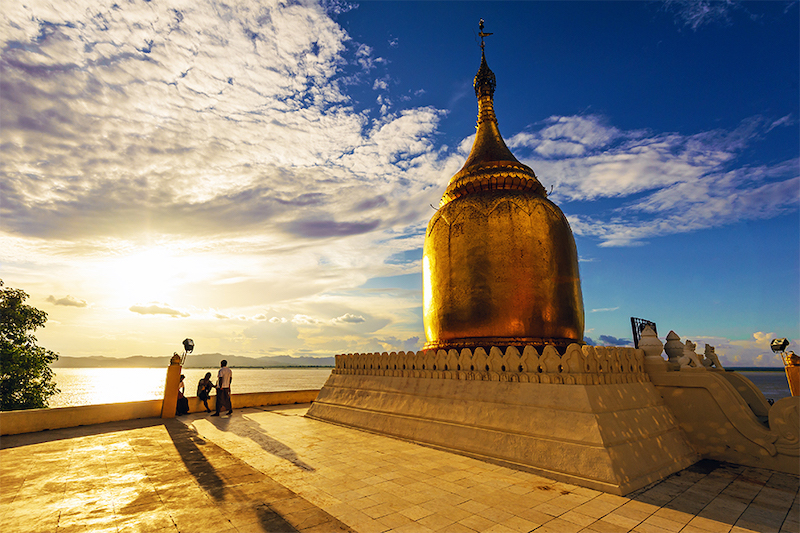
Photo: Ministry of Hotels and Tourism, Myanmar
The name of the pagoda is made up of two words – “bu” and “paya” – which translates as “pagoda in a gourd shape”. This cylindrical shaped Pyu-style pagoda stands on the banks of the Irrawaddy River and is built above rows of crenellated terraces.
Tradition attributes the pagoda to King Pyusawhti, who ruled Bagan in 3rd century AD.
The pagoda’s entrance, decorated with Burmese art elements, is guarded by two white and gold chinthes (Burmese mythological lions), flanked by two small figurines to welcome worshippers and devotees. Look out for a shrine dedicated to the “God of storms” as well as ornate pavilions within the pagoda grounds.
• Dhammayangyi Temple
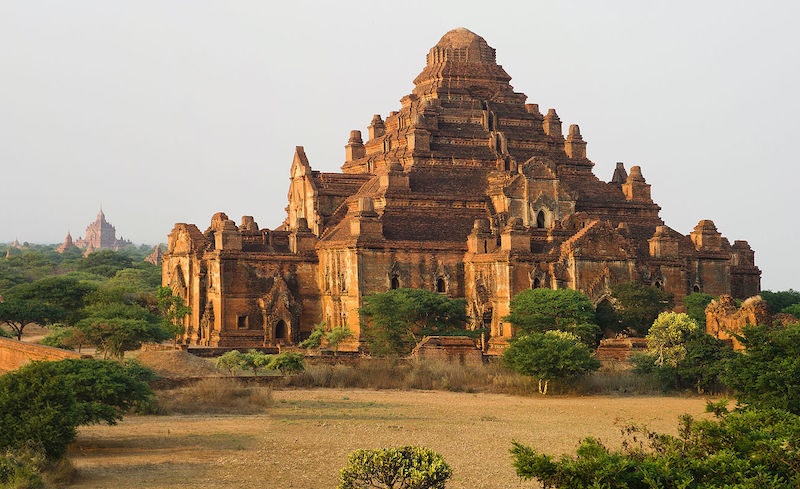
Said to be Bagan’s largest and best-preserved temple, Dhammayangyi Temple has an impressive architecture which resembles an Egyptian pyramid. Built in the 12th century by King Narathu, the temple has a brutal history. It is said that the king built the temple to atone for his sins of killing his father, brother and one of his wives.
However, the temple was never completed as the king was assassinated by eight men, disguised as Brahmin priests, who were sent by the father of the wife that the king executed. Following the death of the ruthless king, the builders proceeded to fill the inner centre of the temple with rubble, blocking off the walkways, corridors and interiors as “payback”. The temple’s bad karma may be the reason it remains one of the few temples that has not undergone major restoration.
• Gawdawpalin Temple
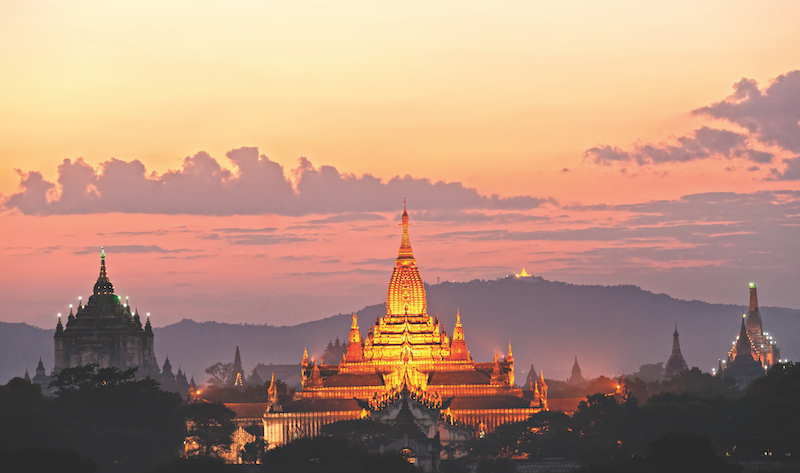
Standing at 55m tall, this two-storey temple is Bagan’s second highest temple after Thatbyinnyu Temple. Built during the reign of King Narapatisithu and finished under the reign of King Nadaungmya, the temple has porticoes on all four sides.
The temple’s three lower terraces are surrounded by a corridor that showcases a Buddha image on each of the four sides, while its four upper terraces house one Buddha image. The terraces are topped by a square tower, conical spire and hti (umbrella).
• Gubyaukgyi Temple
• Htilominlo Temple
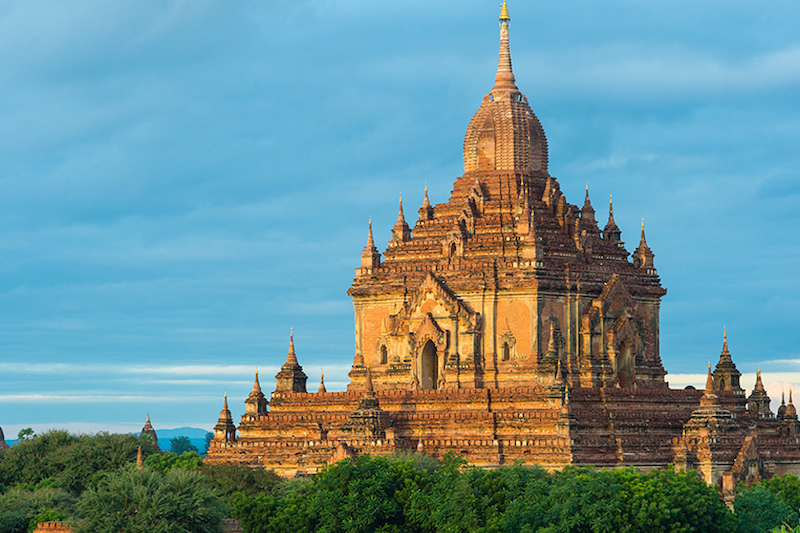
Photo: Ministry of Hotels and Tourism, Myanmar
Said to be the last Myanmar-style temple to be built, this three-storey, 46m-high temple was built by King Nandaungmya (aka King Htilominlo) in 1218 to commemorate his selection as crown prince from among his five brothers.
The selection of an heir to the throne followed a tradition where all the king’s sons had to stand in a circle around a white umbrella. If the umbrella tilted and pointed towards one of the son, that son would be the next king. As the umbrella pointed towards King Nandaungmya, he was chosen to succeed his father.
Originally covered in carved white stucco, some of the temple’s finely detailed plaster can still be seen today. The walls from the entrances leading to the inner sanctuary contain arched recesses where small Buddha images are enshrined. Both floors contain four large gilded Buddha images, each facing one side of the temple. There are also murals and frescoes of Buddhist depictions done in several colours, though some of them have faded considerably.
• Lawkaoushaung Temple
• Manuha Temple
• Pyathadar Temple (Pyathatgyi Temple)
• Sein Nyet Sister Temples
• Shwegugyi Temple
• Shwesandaw Pagoda
• Shwezigon Pagoda
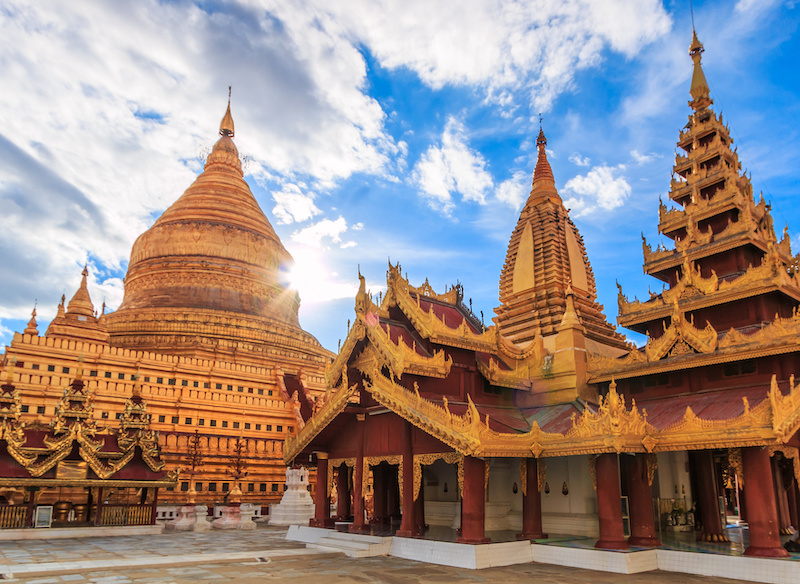
• Sulamani Temple
• Thambula Temple
• Thatbyinnyu Temple
Bago
• Hintha Gon Pagoda
• Mahazedi Pagoda (Great Stupa)
• Shwemawdaw Pagoda
• Shwethalyaung Buddha
Inle Lake
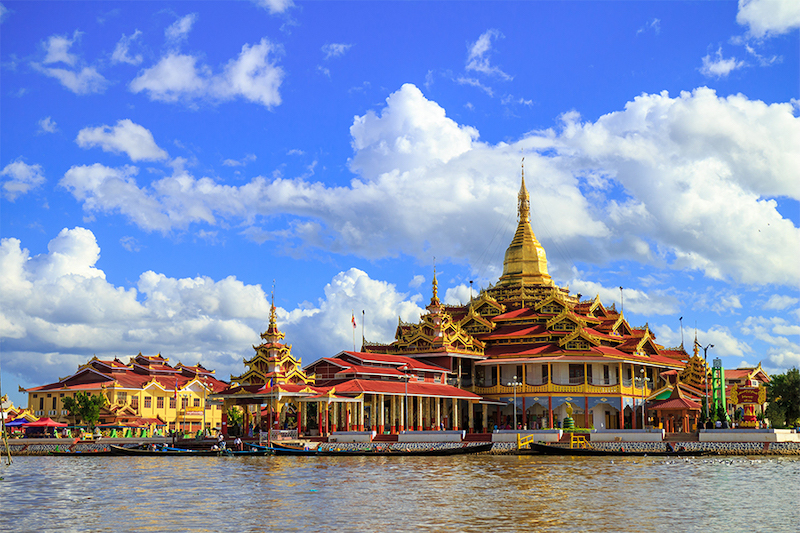
Photo: Ministry of Hotels and Tourism, Myanmar
• Alodaw Pauk Pagoda
• Kakku Pagoda
• Nyaung Oak Pagodas
• Phaungdawoo Pagoda
• Shwe Indein Pagoda
Mandalay
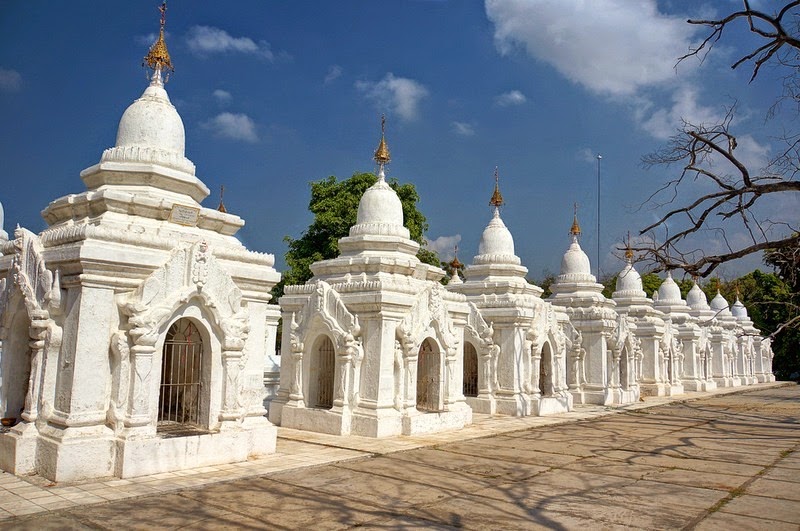
• Kaungmudaw Pagoda
• Kuthodaw Pagoda (world’s largest book)
• Kyauktawgyi Pagoda
• Mahamuni Buddha Temple
• Maha Myat Muni Pagoda
• Sandamuni Pagoda (largest iron Buddha image)
• Swan Oo Pon Nya Shin Pagoda
• U Min Thone Sae Pagoda
Mon State
• Kyaiktiyo Pagoda
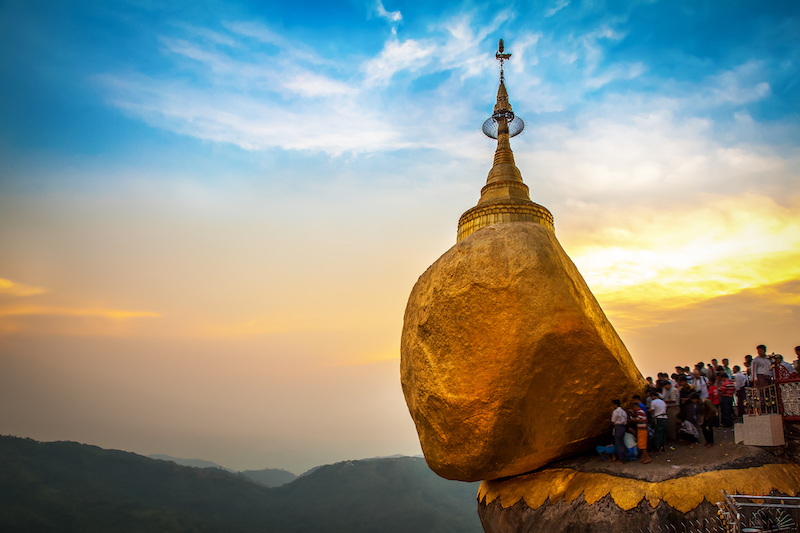
Perched precariously on top of a granite boulder and covered with gold leaves pasted on by devotees, Kyaiktiyo Pagoda is said to be supported by a strand of hair from Buddha. Also known as the Golden Rock, the pagoda is a very popular Buddhist pilgrimage site.
Legend has it that a Buddhist hermit received a strand of hair from Buddha, which he then gave to the king. In return for his gift, the king gave him a boulder that was shaped like his head, and used magical powers to pull the boulder from the sea. The king then built a small pagoda on top of the rock to enshrine the Buddha’s hair for all eternity.
Mrauk U
• Htukkanthein Temple
• Koe-thaung Temple
• Shite-thaung Temple
Naypyidaw
• Uppatasanti Pagoda
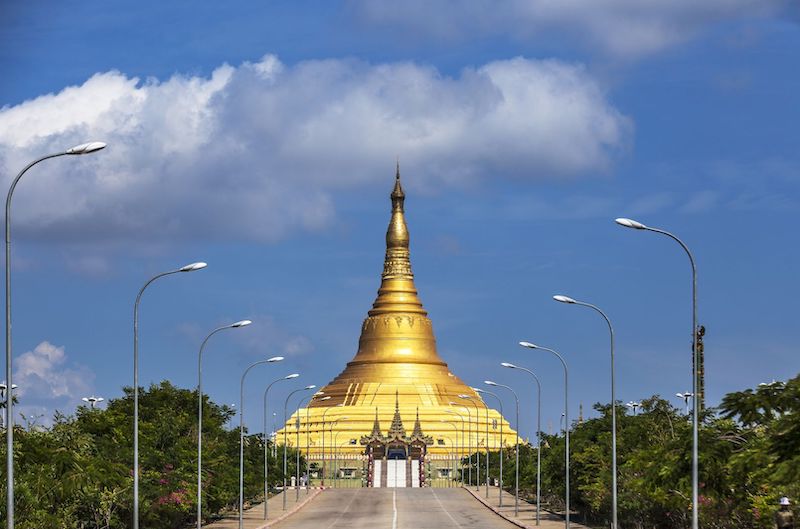
Pyin Oo Lwin
• Maha Ant Htoo Kan Thar Pagoda
Yangon
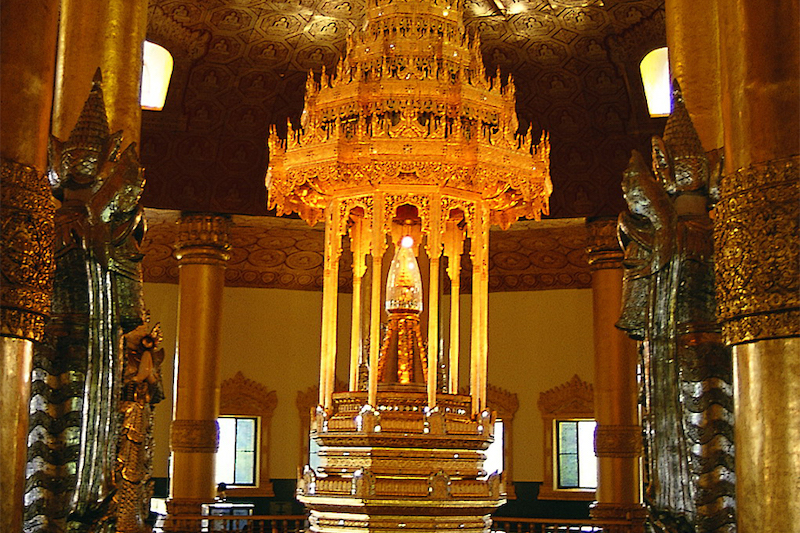
Photo: Ministry of Hotels and Tourism, Myanmar
• Botataung Pagoda
• Buangdawgyoke Pagoda
• Chaukhtatgyi Pagoda
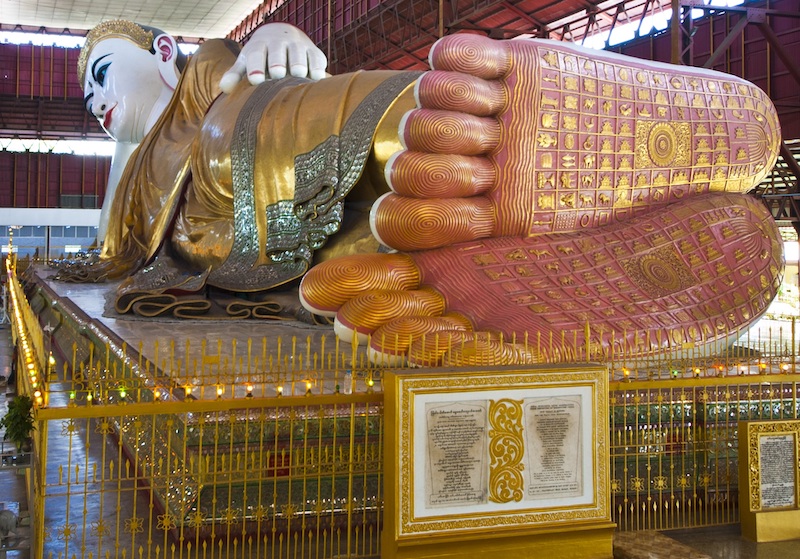 The pagoda is famous for its enormous 65m-long, 16m-high reclining Buddha which is housed in a metal-roofed shed. Clad in a golden robe and adorned with a crown encrusted by diamonds and other precious stones, the Buddha image features a white face, red lips, blue eye shadow and red finger nails. Its eyes are made of glass imported from Japan and its eyelashes are made from the feathers of a peafowl.
The pagoda is famous for its enormous 65m-long, 16m-high reclining Buddha which is housed in a metal-roofed shed. Clad in a golden robe and adorned with a crown encrusted by diamonds and other precious stones, the Buddha image features a white face, red lips, blue eye shadow and red finger nails. Its eyes are made of glass imported from Japan and its eyelashes are made from the feathers of a peafowl.
Look out for the soles of the Buddha’s feet showcase 108 segments in red and gold colours, with images that represent the 108 lakshanas (auspicious characteristics) of Buddha. Close to the Buddha’s feet is the small shrine of Ma Thay, a holy man who had the power to stop the rain so that sailors could have a safe journey.
In the vicinity of the pagoda are monasteries that house over 600 monks. See how the monks honour Buddha’s teachings and get a glimpse of their monastic lifestyle.
• Kaba Aye Pagoda
• Maha Wizaya Pagoda
• Shwedagon Pagoda
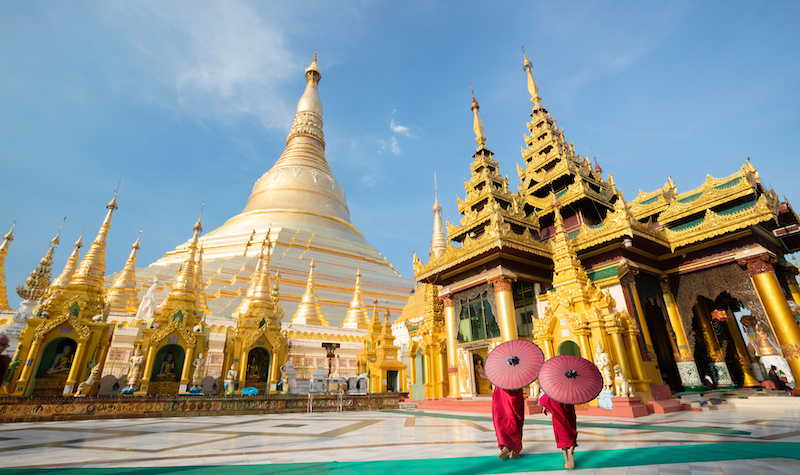
Myanmar’s most revered Buddhist pilgrimage site and the nation’s most beloved landmark. The pagoda is said to enshrine sacred relics such as eight strands of hair from the head of Gautama Buddha, a piece of the robe believed to have belonged to Kassapa Buddha, a water filter attributed to Konagamana Buddha and the staff of Kakusandha Buddha.
According to archaeologists and historians, the 99m-high pagoda which sits on top of Singuttara Hill, was built by the Mon people, an ethnic group from Myanmar, between the 6th and 10th centuries AD.
Its main gold-plated dome is topped by a stupa that is encrusted with 7,000 diamonds, rubies, topaz and sapphires, offset by a massive emerald that is positioned to reflect the last rays of the setting sun. The tip of the stupa is said to contain a 72-carat diamond.
Sunset is one of the best times to visit the pagoda as you can see the changing hues of the gilded stupa as well as witness monks chanting their evening prayers.
• Sule Pagoda
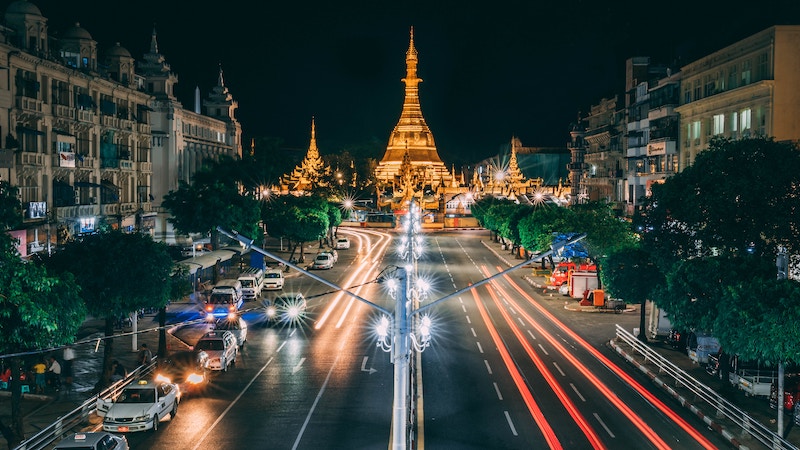
Said to have been built before Shwedagon Pagoda, this Mon-style, octagonal-shaped pagoda sits in the middle of a traffic circle in the heart of Yangon’s busy downtown area. Its unique octagonal shape continues right up to its bell and inverted bowl.
Taking its name from a derivative of the Myanmar word “su-way” which means “meeting”, the pagoda is highly revered as it is said to enshrine a hair relic of Buddha.
Look out for a small golden karaweik (royal boat designed in the shape of a mythical bird) close to the pagoda’s north entrance, where devotees can place their prayer cards and the cards will be sent up to a shrine higher up in the stupa via a wire pulley system.
Around the pagoda are small shops offering astrology and palmistry services.
• Swe Taw Myat Pagoda (Buddha tooth relic pagoda)


